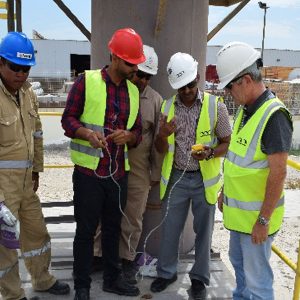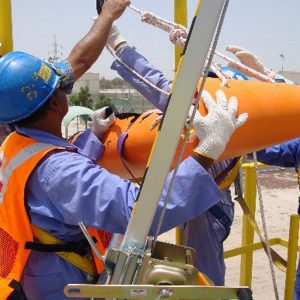Description
Overview
This training program is designed to provide trainees with the knowledge and skills to develop safe inspection and operating techniques of cranes, hoists and rigging. Many of crane accident occurring every year some of these accident are fatal caused by operator error, poor maintenance and unsuitable operating surrounding. This course covers the principles and concepts on reducing the risks of accident and property damage associated with crane operation activities which can result in permanent disability or death as well as high cost of property damage to the company.
Learning Outcomes
Upon completion of this course, the participants should be able to:
- Understand the Health and Safety law and crane physics
- Understand heavy load lifting and basic inspection of lifting gear and accident cause factors
- Explain responsibilities of key personnel, use of lifting gear and Types of hitches
- Understand basic material hoisting Safety, crane and lifting gear Inspection, maintenance and Testing requirements and Standard communication Methods.
Target Audience
All people involved with Crane, Rigging and Hoist operations, Crane maintenance personnel & area Supervisors
Course Outline
Day 1
- Introduction & Objective
- Cram Physics
- Health & Safety Law
- Health and Safety, PUWER, LOLER and Maritime Regulations
- Introduction of heavy load lifting
- Use and Inspection of slings
- Type of chains & wire slings
- Crane accident cause factors
- Operator roles and Responsibilities
- Supervisor roles and Responsibilities
- Crane stability
- Use of chain & wire slings
- Crane Hitches
- Use bridle hitches
- Maintenance requirement
- Materials hoist safely
- Crane check list & Inspection rule
- Crane testing
- Wire slings Inspection
- Standard Signals communication
- Workplace Implementation
Course Approvals






